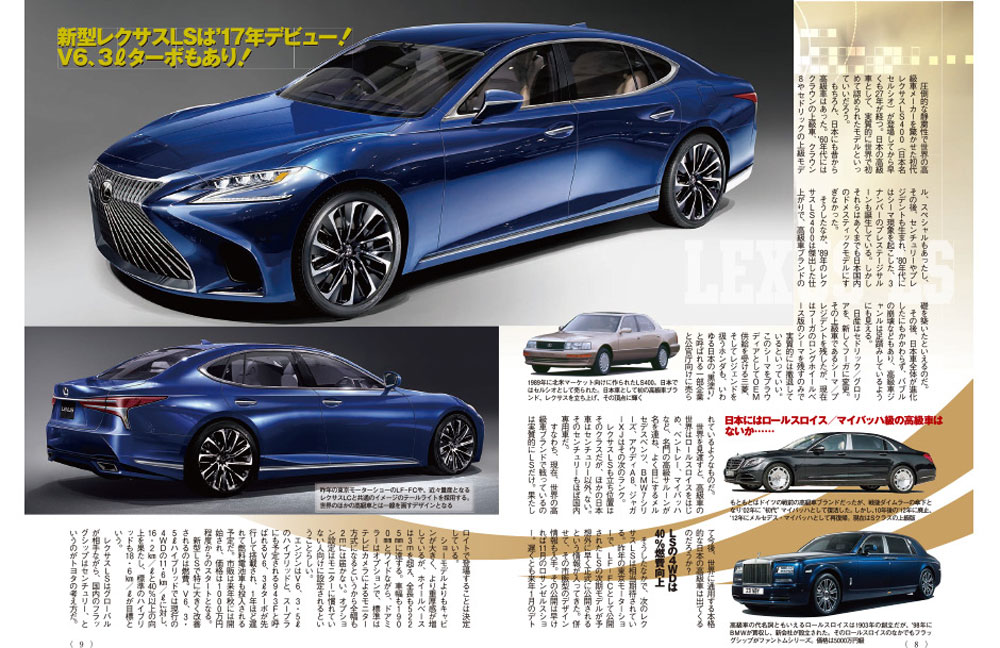The current automotive climate is not a favourable one for full-size sedans, luxury or otherwise.
Many automakers have persevered, reinvesting in their flagship sedans despite decreased demand. BMW, for instance, suffered a 29-percent loss in U.S. 7 Series demand over the last decade, yet the company
introduced two new generations of 7 Series during that period.
Lexus, however, has allowed the LS to wallow in a pool of its own misery. The car that started it all for Lexus was once a conservative, value priced, marketplace leader in the full-size sector; a car that could beat the overpriced Germans at their own game. Now, the decade-old fourth-generation Lexus LS has all but disappeared from the public consciousness. Sales have fallen 73 percent since 2006.
Toyota has finally determined that it’s time for a new Lexus LS. In fact, it’s been time for a new Lexus LS for quite a while.
Lexus last led the category in sales in 2009, ending a streak of three years in which the LS outsold both the
BMW 7 Series and
Mercedes-Benz S-Class.
(2016 will be the S-Class’s seventh consecutive year of sales leadership excluding the notion that the smaller Tesla Model S, sales figures for which are not reported, is the more popular car.) All of the new, third-gen LS’s successes in 2007 — when U.S. LS volume rose to a 16-year high — were washed away with the recession, and Lexus simply didn’t fight back once the market recovered.
In 2007, more LS sedans were sold
every two months than will be sold in
all of 2016.
Again, some of that decline can be attributed to the market’s shifts. But not all.
The Lexus LS offers a relatively small lineup: presently one engine, two wheelbases, rear or all-wheel drive. Despite a much higher price tag, Mercedes-Benz generates more than triple the U.S. volume with help from six sedan and three coupe variants.
Now, with the arrival of the
Genesis G90 — essentially the new Lexus LS some three decades later — the pie doesn’t grow any larger, but the number of mouths to feed increases.

11 years after Lexus displayed the fourth-generation LS at the 2006 North American International Auto Show in Detroit and 28 years after the 1989 Detroit show hosted the arrival of the first LS, the fifth iteration will bow in January at 2017’s NAIAS. Lexus’ new premium rear-wheel drive platform already seen underneath the LC500 will be the foundation for the new LS.
Lexus promises, “a more dynamic experience on the road,” and “visionary technology.”
No promises yet regarding the Lexus executive barge’s ability to overcome years of decline and lost market share.
In spite of the LS’s downfall, overall Lexus volume climbed to record levels in 2015. Total Lexus sales through 2016’s first eleven months are down 4 percent, a decline caused by the car division’s 20-percent drop, including a 22-percent year-over-year LS decrease.







